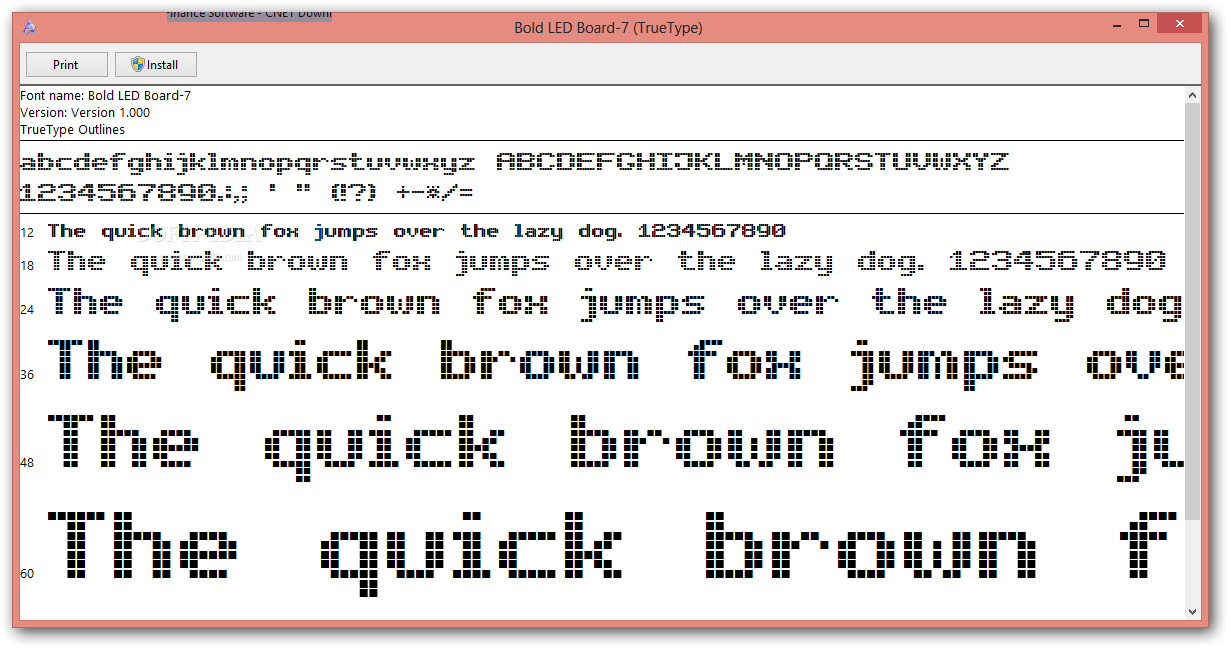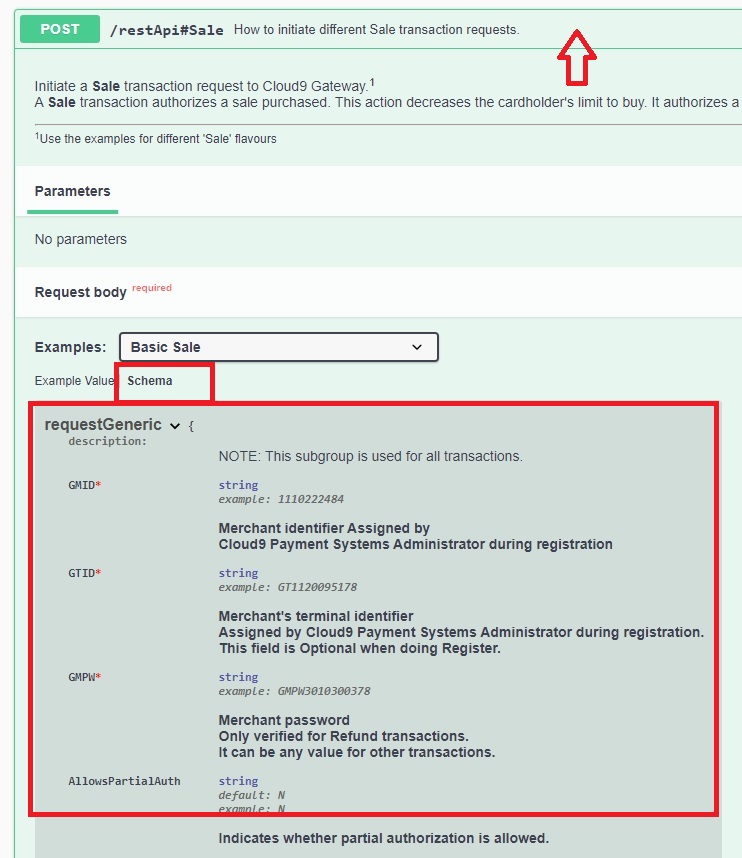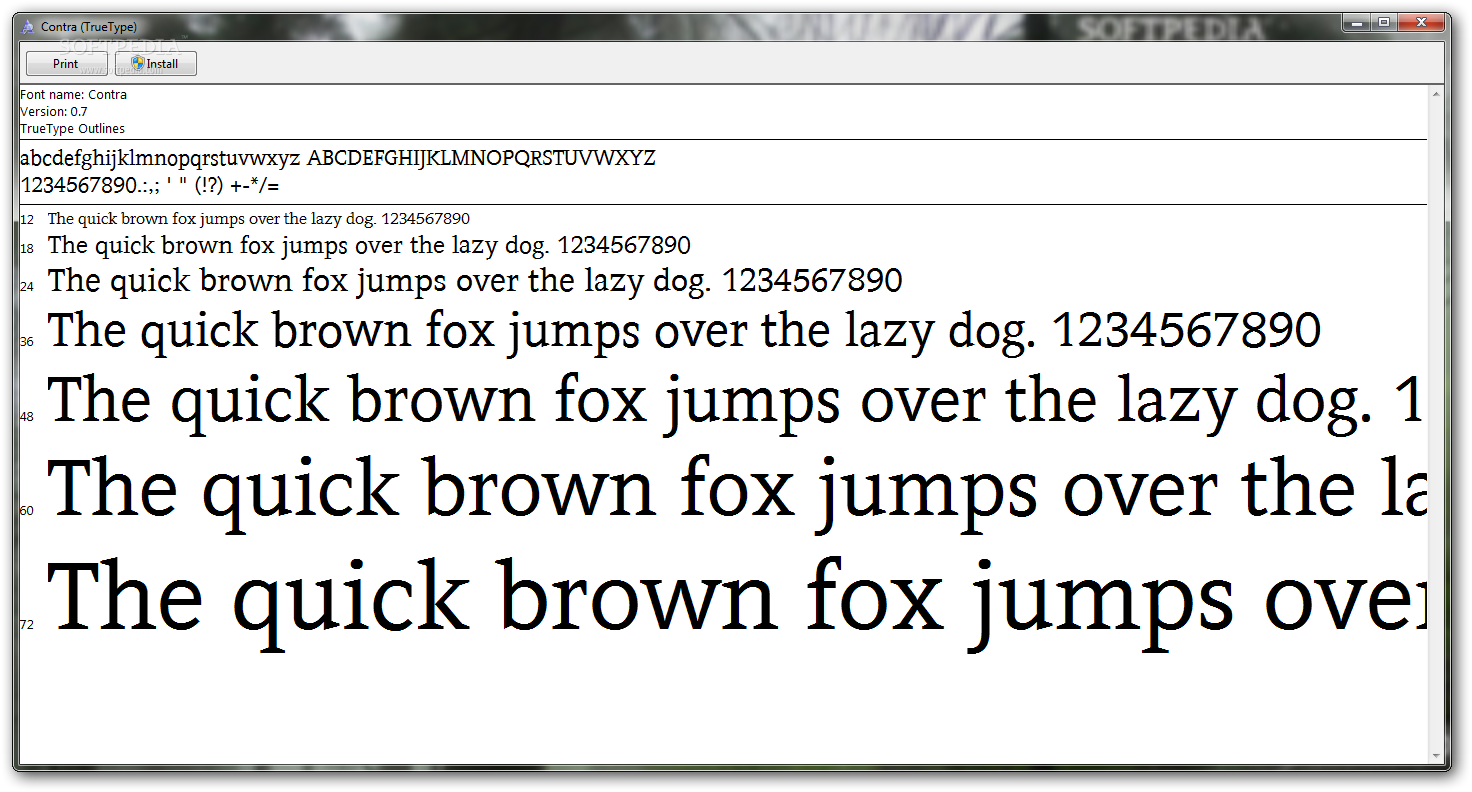

In the main window, select the device whose device number you seek.For a Wahoo RPM, you should select the option Bike Cadence Sensor.For a magnetic cadence sensor, you should select the option Bike Cadence and Speed Sensor.In the dropdown of the new window, select the option which corresponds to the device you are searching for.In order to find a device's devicenum using SimulANT+, follow the following instructions: Once the dongle is connected, run SimulANT+ using the executable file SimulANT+.exe. In order to use SimulANT+, you must have an ANT+ dongle connected to your computer.

#Transtype documentation software
SimulANT+ is available on the ANT+ Software Tools Page for any registered member to download. In order to find the device number of an ANT+ device, you must use SimulANT+ to find the device. Using SimulANT+ to Find Sensor Information Cadence sensors have a channelperiod of 8102.Cadence/Speed sensors have a channelperiod of 8086.Heart rate monitors have a channelperiod of 8070.
 The channelperiod is the frequency for that device. Set transtype to 0 for searching, 1 if otherwise. To find out a sensor's devicenum, use SimulANT. In a room with more than one of each sensor, you will need to provide the devicenum of the sensor you would like to use to prevent pairing with the wrong device. The devicenum is an ID which represents the actual sensor being used. If you are using a Wahoo (122), then comment out 121, and if you are using a magnetic sensor, vice-versa. Note that either the device 121 or 122 must be commented out for FireANT to discover the appropriate sensor. 121 is a Cadence/Speed Sensor (magnetic sensor). The devicetype is an ID which represents the type of sensor. There are 3 separate configurations in this file, each with 4 properties. The contents of the text file look like this: In order to inform the program which type of cadence sensor to expect, you will need to modify "AntDevicesDescription.txt". The procedure for modifying this file is found in the next section. In order to achieve cadence sensor functionality, it is likely that you will have to modify the AntDevicesDescription.txt file, which dictates which device FireANT scans for cadence values. You will begin to see the string "0 0" being repeated over and over again.Īctivate the Heart Rate Monitor, and you will see the first digit change from 0 to the current heart rate being read from the HRM.Īctivate the cadence sensor, and you will see the second digit change from 0 to the current cadence being read from the sensor. Once the project is downloaded, you can run FireAnt.exe from the console or via Visual Studio. For more information on the Garmin Speed/Cadence Sensor, see: ĭownload the project from the EQUIS Subversion Repository here: svn://equis.cs.queensu.ca:36141/FireAntRefactored/trunk/ The Garmin Speed/Cadence sensor provides cadence by sending a signal every time it passes over a magnet. For more information on the Wahoo RPM, see: The Wahoo RPM provides cadence via an accelerometer. There are two different types of cadence sensor that are supported by FireANT:. For more information on the Mio Link, see: The Mio Link Heart Rate Monitor keeps track of the wearer's heart rate. For more information on the ANT+ Dongle, see:
The channelperiod is the frequency for that device. Set transtype to 0 for searching, 1 if otherwise. To find out a sensor's devicenum, use SimulANT. In a room with more than one of each sensor, you will need to provide the devicenum of the sensor you would like to use to prevent pairing with the wrong device. The devicenum is an ID which represents the actual sensor being used. If you are using a Wahoo (122), then comment out 121, and if you are using a magnetic sensor, vice-versa. Note that either the device 121 or 122 must be commented out for FireANT to discover the appropriate sensor. 121 is a Cadence/Speed Sensor (magnetic sensor). The devicetype is an ID which represents the type of sensor. There are 3 separate configurations in this file, each with 4 properties. The contents of the text file look like this: In order to inform the program which type of cadence sensor to expect, you will need to modify "AntDevicesDescription.txt". The procedure for modifying this file is found in the next section. In order to achieve cadence sensor functionality, it is likely that you will have to modify the AntDevicesDescription.txt file, which dictates which device FireANT scans for cadence values. You will begin to see the string "0 0" being repeated over and over again.Īctivate the Heart Rate Monitor, and you will see the first digit change from 0 to the current heart rate being read from the HRM.Īctivate the cadence sensor, and you will see the second digit change from 0 to the current cadence being read from the sensor. Once the project is downloaded, you can run FireAnt.exe from the console or via Visual Studio. For more information on the Garmin Speed/Cadence Sensor, see: ĭownload the project from the EQUIS Subversion Repository here: svn://equis.cs.queensu.ca:36141/FireAntRefactored/trunk/ The Garmin Speed/Cadence sensor provides cadence by sending a signal every time it passes over a magnet. For more information on the Wahoo RPM, see: The Wahoo RPM provides cadence via an accelerometer. There are two different types of cadence sensor that are supported by FireANT:. For more information on the Mio Link, see: The Mio Link Heart Rate Monitor keeps track of the wearer's heart rate. For more information on the ANT+ Dongle, see: 
To detect any ANT+ signals, you must have an ANT+ USB Dongle.See the Liberi Developer Guide for more information about Liberi.Īll hardware required for FireANT are available in the EQUIS lab. This information can be used as input for exercise games, most notably Libery. 5.4.3.3 Constructor & Destructor DocumentationįireANT is a program intended to take input from a heart rate monitor and a cadence Sensor, both of which provide data using the ANT+ protocol, and print the two values to the console every 1/10th of a second.5.4.3 ANTReporting.ANTReporterConfiguration Class Reference.5.4.2.3 Constructor & Destructor Documentation.5.4.2 ANTReporting.ANTReporterChannelConfiguration Class Reference.5.4.1.5 Constructor & Destructor Documentation.5.4.1 ANTReporting.ANTReporter Class Reference.4 Using SimulANT+ to Find Sensor Information.








 0 kommentar(er)
0 kommentar(er)
